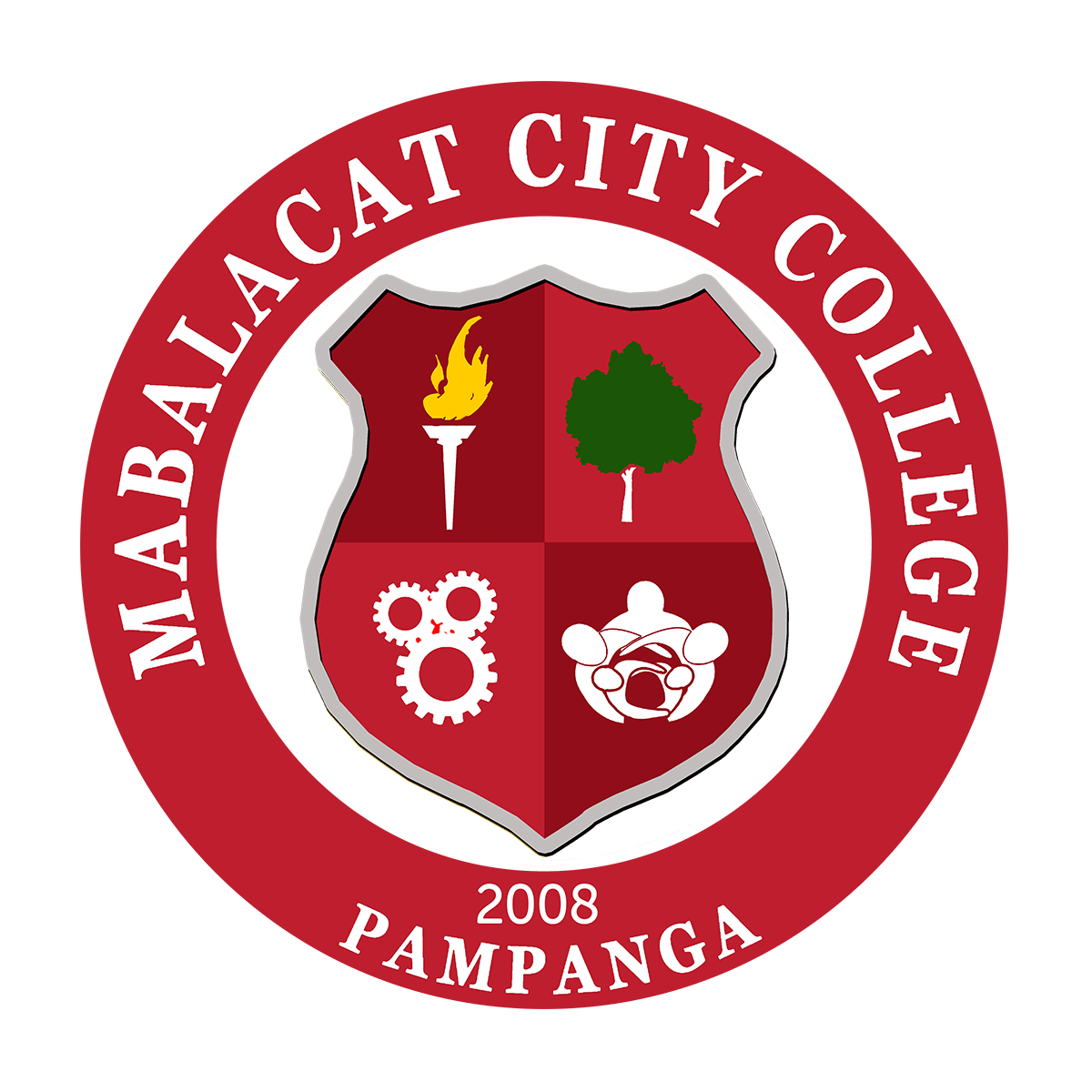AQUAOBRA: A Smart Hydroponics Farming System
- Michelle J. Castro
- Jennelyn Dela Cruz
- Jicel C. Matic
- Ezekiel Q. Mercado
- Ron Kyle T. Pangilinan
- Chester Ryan Sitchon
- Dennis L. Tacadena
Abstract
In traditional agriculture, soil is used to cultivate plants. However, plants require the minerals found in the soil for their growth. Hydroponic systems can be developed to provide continuous production all year round in addition to better yields and water efficiency when employed in a controlled environment. The study's main objective is to develop a system entitled "AQUAOBRA: A Smart Hydroponic Farming System". The researchers utilized and used the Prototyping Model methodology as a guide in the application and product development. The developed system has a capable to monitor the prototype ambiance temperature, water system pH level, and Total Dissolve Solids system using mobile application. The ATmega328P, TDS sensors, pH sensors, uPVC, a temperature sensor, a Bluetooth vibration sensor, and a material that is thermally stable, abrasion-resistant, chemically resistant, and UV-ray resistant were all used by the researchers. The Arduino Uno microcontroller board is built around the ATmega328P, and TDS sensors assess the amount of dissolved, mixed inorganic and organic compounds that are present in a liquid. The pH sensors gauge the water's acidity. The created mobile application has a home screen that allows users to check the pH status level, measure the total amount of dissolved solids in water, and view the temperature of the water in the IoT gadget. The developed system garnered a mean score of 81.11% on alpha test and 96.67% on beta test, both interpreted as “Excellent”. With all of the evidence, the researchers concluded that the overall objective of the study was achieved.



